14 Underrated Destinations In Croatia Worth Visiting
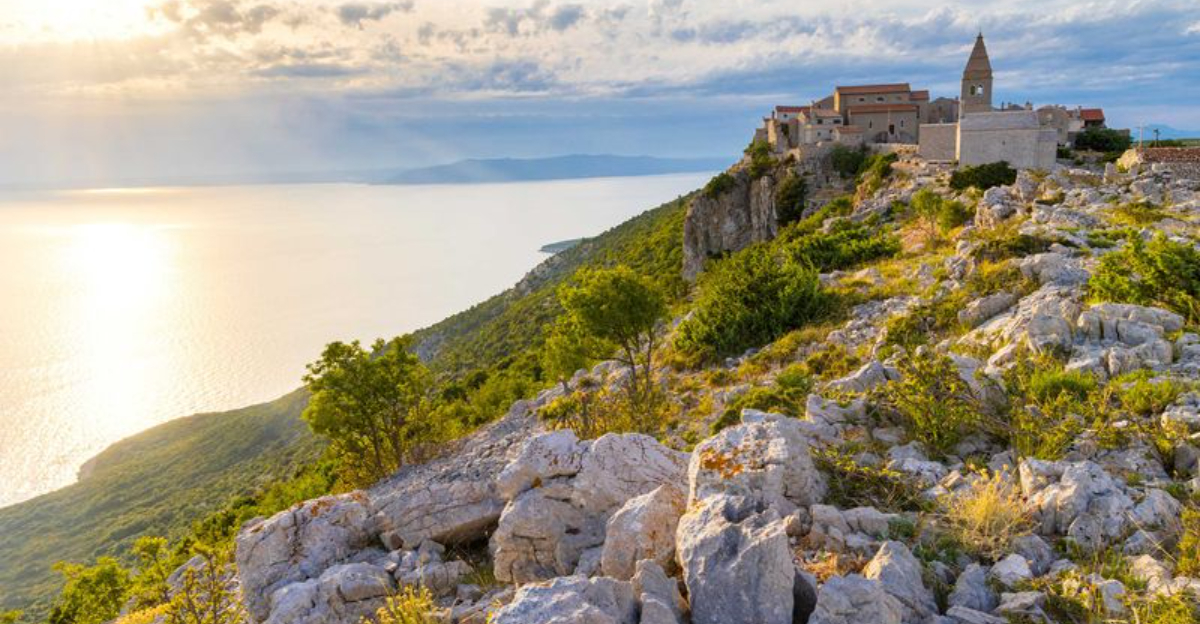
Croatia is so much more than Dubrovnik’s stone walls or Split’s buzzing waterfront. Beyond the well-worn tourist path lie quiet islands, sleepy hilltop towns, and hidden coves that locals have cherished for generations.
These under-the-radar spots offer the same jaw-dropping beauty minus the cruise ships and selfie sticks. If you’re craving authenticity, serenity, and a deeper connection to Croatia’s soul, you’ll find it in these lesser-known corners.
Get ready to uncover the country’s best-kept secrets and fall in love with the Croatia most travelers never see.
1. Vis Island
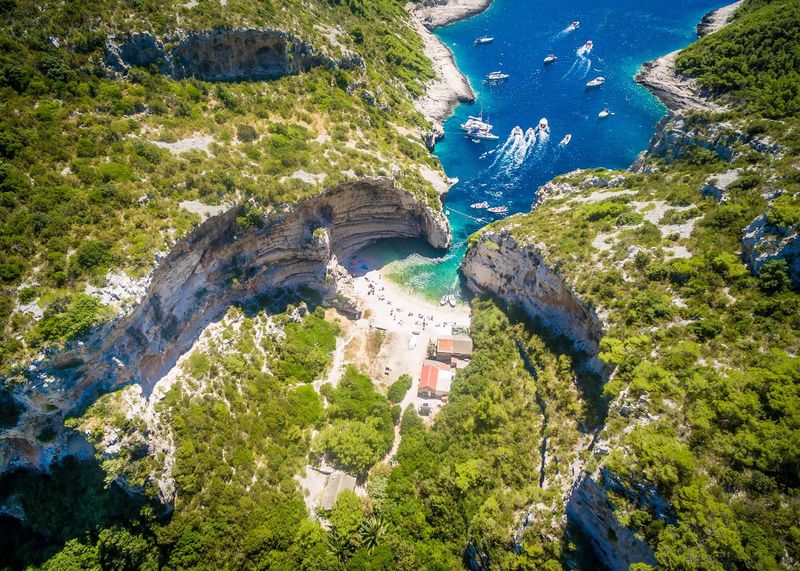
If you want to experience Croatia before mass tourism took over, Vis Island feels like stepping back in time. This remote island remained closed to foreign visitors until 1989 due to its military importance.
Today, you’ll find untouched beaches, traditional fishing villages, and some of the clearest waters in the Adriatic. The island produces excellent wine and has incredible seafood restaurants run by local families.
Getting there requires a bit more effort than other destinations, but that’s exactly what keeps the crowds away and preserves its authentic charm.
2. Motovun
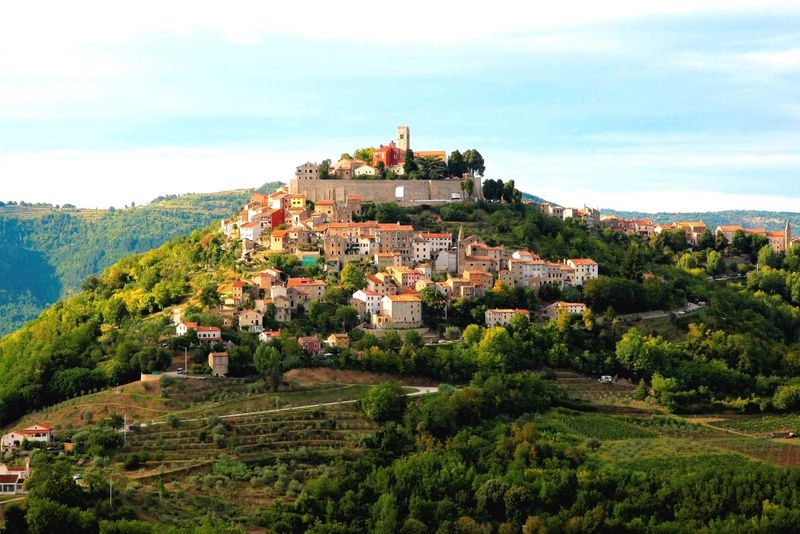
Perched dramatically on a hilltop in Istria, Motovun looks like something straight out of a fairy tale. This medieval town offers breathtaking views of the surrounding vineyards and truffle forests below.
Walking through its ancient stone streets, you’ll discover cozy restaurants serving world-famous Istrian truffles and local wines. The town hosts a fantastic film festival each summer that attracts movie lovers from across Europe.
Despite its beauty, Motovun remains relatively unknown to most tourists, making it perfect for those seeking authentic Croatian culture without fighting through crowds.
3. Kornati National Park
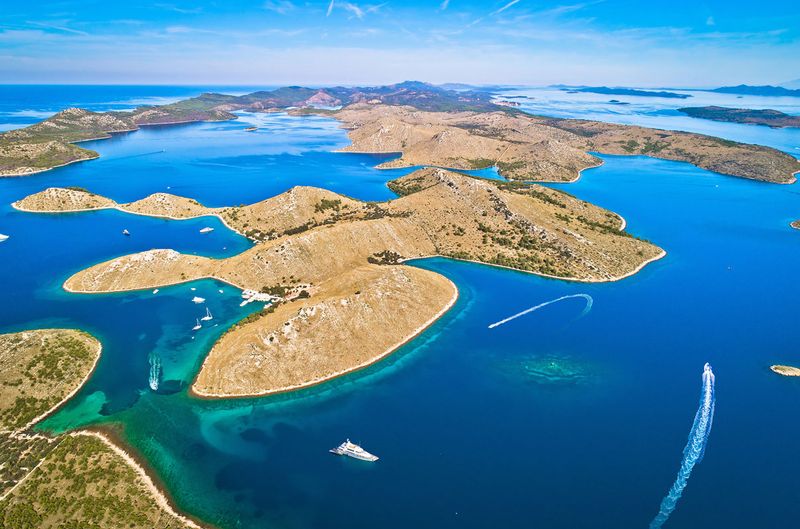
Imagine sailing through a maze of 89 pristine islands where nature reigns supreme. Kornati National Park offers one of the most unique landscapes in the Mediterranean, with its stark limestone islands rising from crystal-clear waters.
These islands have no permanent residents, creating an otherworldly silence broken only by waves and seabirds. The underwater world here is equally spectacular, making it a paradise for snorkelers and divers.
Most visitors arrive by boat tour from nearby towns, but the journey itself becomes part of the adventure as you navigate through this incredible archipelago.
4. Samobor
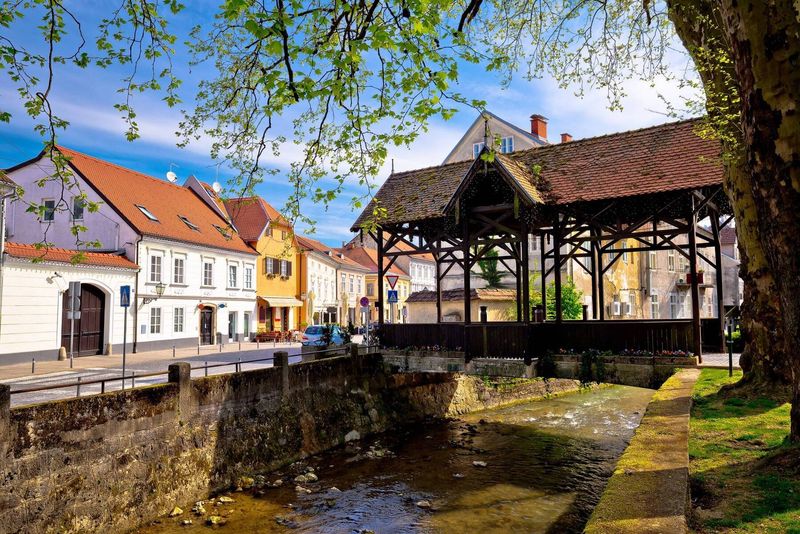
Just 20 minutes from Zagreb, Samobor feels like a completely different world with its pastel-colored baroque buildings and relaxed atmosphere. This charming town is famous throughout Croatia for its delicious kremšnita (cream cake) that locals have been perfecting for generations.
Strolling through the historic center, you’ll find antique shops, cozy cafes, and the ruins of a medieval castle overlooking the town. The surrounding hills offer excellent hiking trails with beautiful views.
Many Zagreb residents escape here on weekends, but international tourists rarely discover this gem that perfectly captures traditional Croatian small-town life.
5. Lastovo Island
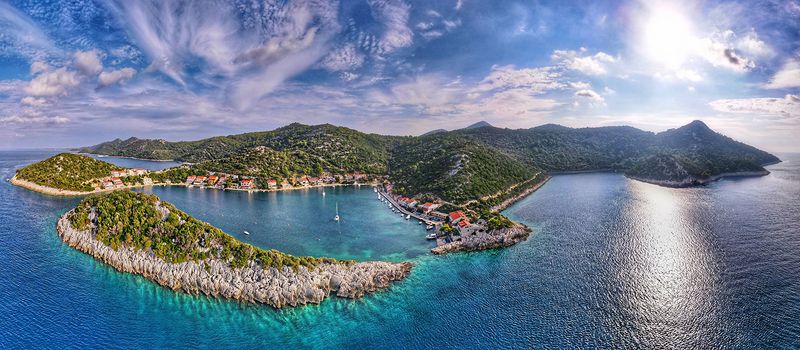
Remote doesn’t even begin to describe Lastovo Island, where you’ll find some of the darkest skies in Europe perfect for stargazing. This island was also closed to tourists during Yugoslavia, preserving its wild beauty and traditional way of life.
The island has no large hotels or crowded beaches, just small family-run guesthouses and hidden coves accessible only by boat or hiking trails. Local families still practice traditional fishing and farming methods passed down for generations.
Getting here requires planning since ferries run less frequently, but that’s exactly what makes Lastovo special for travelers seeking complete tranquility and authentic experiences.
6. Varaždin
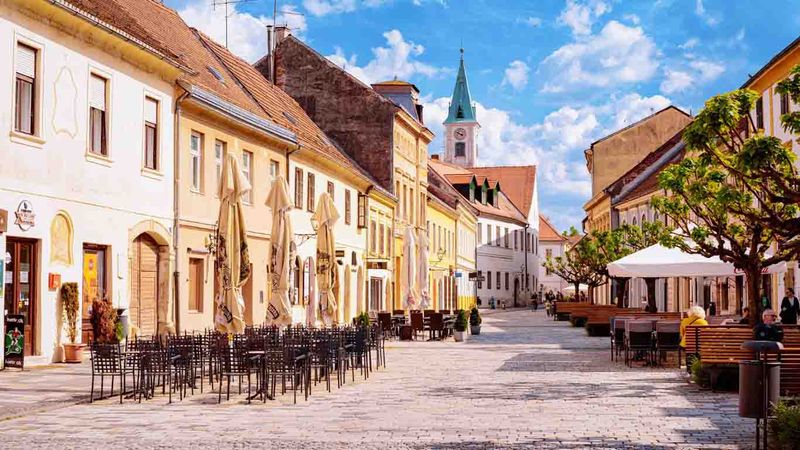
Often called Croatia’s most beautiful city, Varaždin captivates visitors with its perfectly preserved baroque architecture and elegant atmosphere. Once the capital of Croatia, this northern city maintains an aristocratic charm that sets it apart from coastal destinations.
The city center feels like an open-air museum with its colorful facades, ornate churches, and manicured parks. Every September, the entire city transforms into a festival venue celebrating baroque music and culture.
Unlike Croatia’s crowded coastal cities, Varaždin offers a peaceful urban experience where you can enjoy excellent museums, cafes, and restaurants without fighting through tourist crowds.
7. Mljet National Park
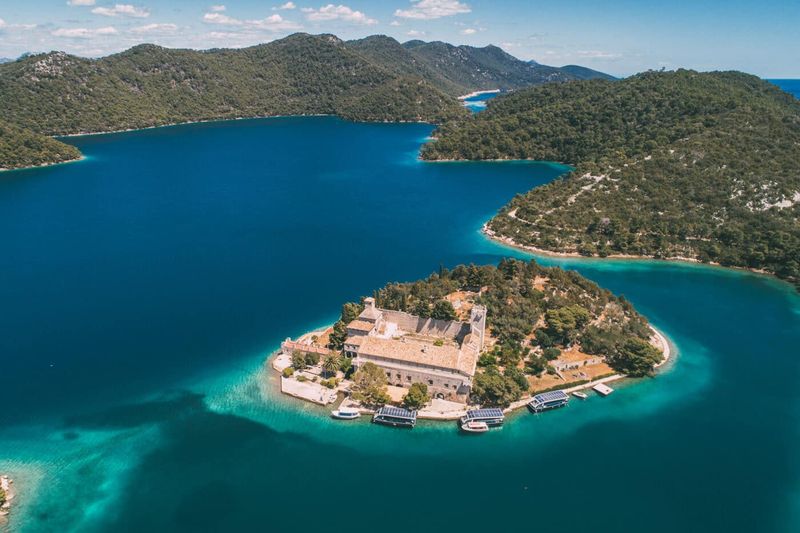
Two stunning saltwater lakes connected by a narrow channel create one of Croatia’s most magical landscapes on Mljet Island. These lakes, surrounded by dense Mediterranean forest, offer swimming in waters that stay warm well into autumn.
On the larger lake sits a tiny island with a 12th-century monastery that you can reach by kayak or small boat. The entire national park covers about one-third of the island, leaving plenty of wild coastline to explore.
While day trips from Dubrovnik are possible, staying overnight on the island allows you to experience the parks’ serene beauty after the day-trippers leave.
8. Trogir
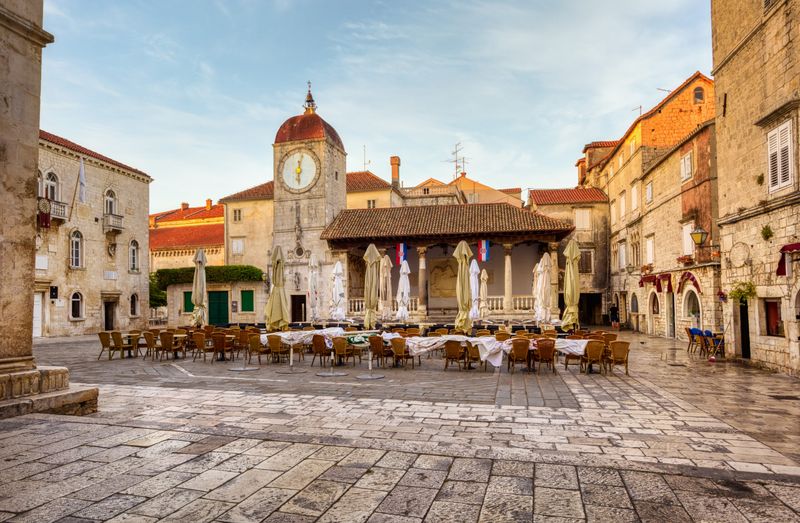
Built on a small island connected to the mainland by bridges, Trogir preserves over 2,000 years of architecture in its compact medieval center. This UNESCO World Heritage site showcases an incredible mix of Romanesque, Gothic, and Renaissance buildings.
Walking through its narrow stone streets feels like traveling through time, with each corner revealing another architectural treasure. The cathedral’s portal is considered one of the finest examples of Romanesque-Gothic art in Europe.
Despite being close to Split, Trogir maintains a quieter, more intimate atmosphere where you can explore ancient history without being overwhelmed by crowds of tourists.
9. Rastoke Village
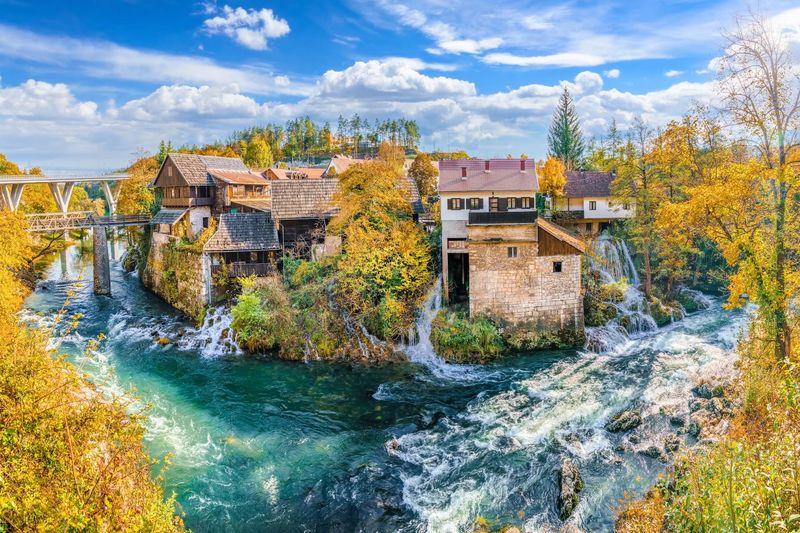
Where the Slunjčica River meets the Korana, nature has created a fairy-tale village of cascading waterfalls and traditional wooden mills. Rastoke Village looks like something from a storybook, with houses built directly over the rushing water.
These historic mills once powered the local economy, and several still operate today, grinding grain using centuries-old techniques. The turquoise waters create dozens of small waterfalls that you can walk behind and around.
Most tourists rush past Rastoke on their way to Plitvice Lakes, missing this incredible village that offers equally stunning natural beauty with traditional Croatian architecture and culture.
10. Cres Island
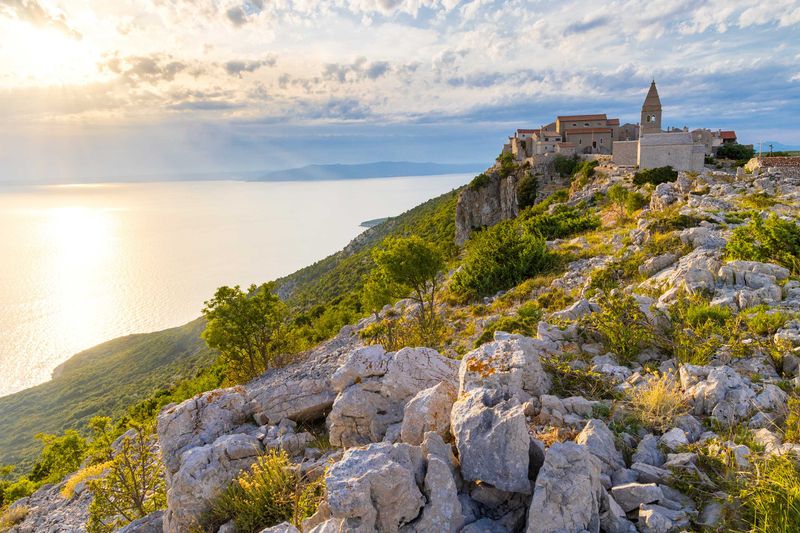
Wild and rugged, Cres Island offers a completely different Croatian experience with its dramatic landscapes and traditional way of life. This large island in the northern Adriatic has maintained its authentic character despite being easily accessible from the mainland.
The island is famous for its lamb, olive oil, and the rare griffon vultures that nest on its cliffs. Small stone villages dot the landscape, each with its own character and local specialties.
Unlike more developed Croatian islands, Cres rewards travelers who enjoy exploring off-the-beaten-path destinations with hidden beaches, hiking trails, and genuine interactions with local families who still practice traditional island life.
11. Ogulin

Known as the birthplace of fairy tales, Ogulin inspired many Croatian folk stories with its enchanting landscape of rivers, caves, and castle ruins. The town sits where the Dobra River disappears into underground caves, creating a mysterious and magical atmosphere.
Exploring the area, you’ll discover the ruins of Frankopan Castle overlooking the town and the famous Đulin Ponor cave where the river vanishes underground. Local legends say fairies and mythical creatures inhabit these mystical places.
This small town offers excellent hiking opportunities in the surrounding Gorski Kotar region, known as Croatia’s green heart, with dense forests and mountain peaks perfect for outdoor adventures.
12. Ston
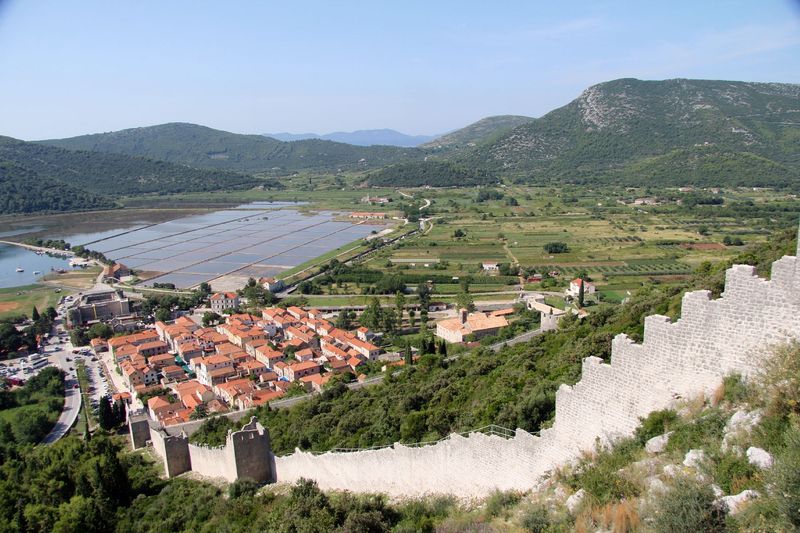
Home to the longest defensive walls in Europe after the Great Wall of China, Ston protects one of Croatia’s most valuable treasures: ancient salt pans that still produce sea salt today. These medieval walls stretch for 5.5 kilometers across the peninsula.
The town has been producing salt using traditional methods for over 700 years, and you can still watch workers harvesting the white gold by hand. The salt pans create a unique landscape that changes colors throughout the day.
Ston is also famous for its oysters and mussels, making it a paradise for seafood lovers who can enjoy fresh shellfish straight from the Mali Ston Bay.
13. Učka Nature Park
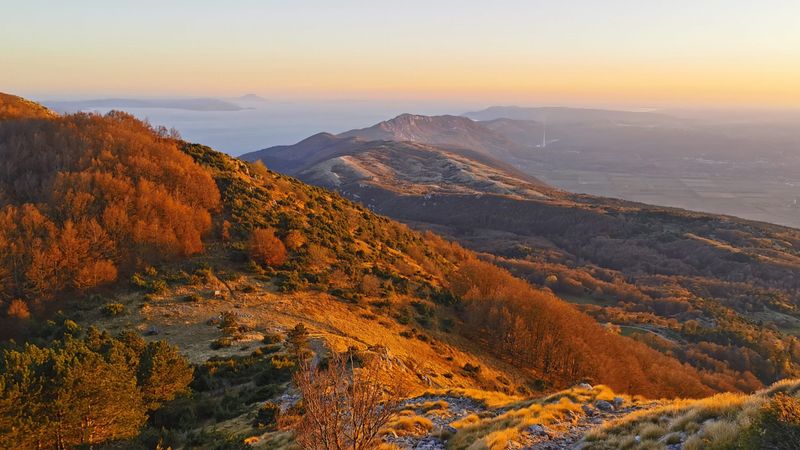
Rising 1,396 meters above the Istrian peninsula, Učka Mountain offers some of Croatia’s most spectacular panoramic views stretching from the Adriatic islands to the Italian Alps. This nature park protects diverse ecosystems from Mediterranean coast to mountain forests.
Hiking to the summit rewards you with breathtaking 360-degree views on clear days, while the mountain’s slopes hide charming villages where locals still practice traditional mountain farming. The area is famous for its wild asparagus and mushrooms.
Most tourists stick to Istria’s coastal towns, missing this incredible natural playground that offers hiking, mountain biking, and paragliding just minutes from the sea.
14. Nin
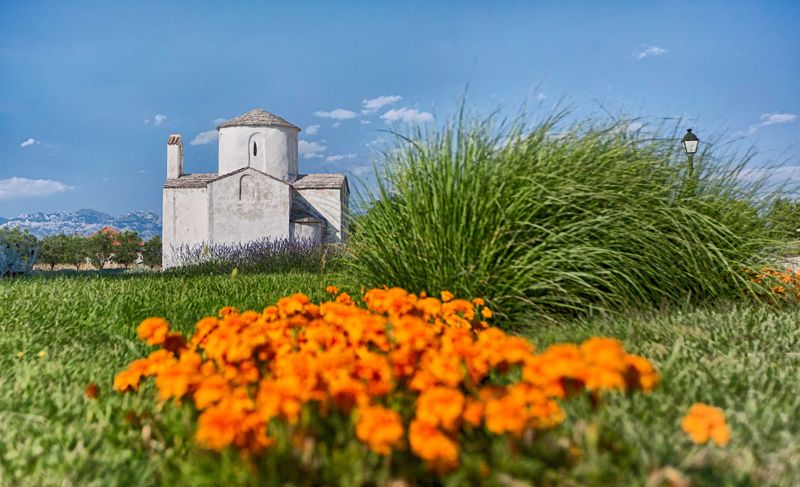
This tiny town holds enormous historical significance as the first capital of the Croatian kingdom and home to the world’s smallest cathedral. The Church of the Holy Cross, built in the 9th century, represents one of the finest examples of pre-Romanesque architecture.
Nin sits on a small island connected to the mainland by two bridges, surrounded by shallow lagoons perfect for therapeutic mud treatments. The area produces high-quality sea salt and offers some of Croatia’s best sandy beaches.
Despite its rich history and beautiful beaches, Nin remains surprisingly quiet, offering visitors a chance to explore authentic Croatian heritage without the crowds found at more famous historical sites.
